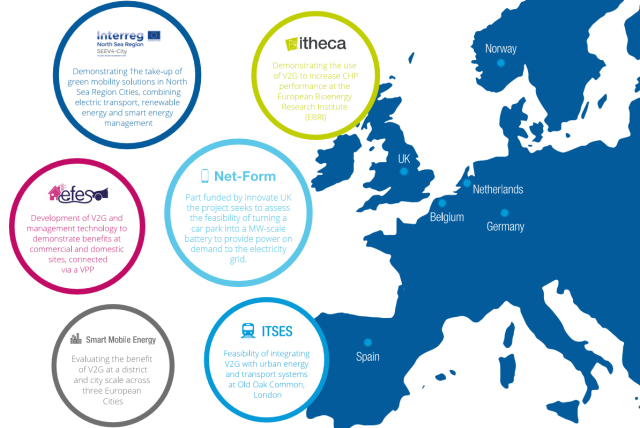 One of the holy grails of renewables, especially solar, is energy storage. We generate but want to use energy at different times.
One of the holy grails of renewables, especially solar, is energy storage. We generate but want to use energy at different times.
The Energy petal of the Living Building Challenge requires that buildings generate 105% of energy needs, storing the additional for emergency use, as for example backup to maintain freezer power supply to safeguard food storage.
In economic and political advisor Jeremy Rifkin’s thinking, we are on the verge of the next industrial revolution – one in which dramatic emergence of innovations in seemingly disconnected sectors converge to create a whole new landscape. (see FutuREstorative for further exploration of this thinking)
Recently we have seen the Tesla PowerWall and now IKEA have entered the market with a home battery offering
Ikea has partnered with renewable energy firm Solarcentury to launch a new domestic battery storage solution that could help to double the amount of solar energy used by UK households and reduce electricity bills by 70%. Source Edie
Emergence of innovation in solar energy, electric vehicles and smart homes is leading to breakthrough development and technologies of what is becoming known as Vehicle to Grid (V2G). This will undoubtedly become more mainstream given recent news that the UK will ban fossil fuel cars by 2040 and manufactures phasing out non electric car production over the next decade.
Stored energy from electric vehicles (EVs) can be used to power large buildings – creating new possibilities for the future of smart, renewable energy – is the subject for ground-breaking battery research from WMG at the University of Warwick.
Intelligently managing vehicle-to-grid technology, energy from idle vehicle batteries used to power building or pumped back into the grid could improve vehicle battery life by around 10% and without damaging the batteries.
Cenex (UK’s first Centre of Excellence for Low Carbon and Fuel Cell technologies) describe V2G as being ‘very similar to a standard charging point’, with the difference that energy flows both to and from the vehicle, turning the vehicle into a portable battery store. This provides advantages of
- Increasing use of localised renewables.
- Supplying energy to energy markets.
- Using the EV battery to provide demand shifting and reduce electricity costs.

And, as the Cenex website illustrates there is much research and development in place within the UK and across the EU:

Our future vehicles will power our homes, and in turn, our future homes will power our transport.
However, we need to be careful this doesn’t give licence to continue designing in a car-centric manner. Alongside the energy storage challenge, we need to make the transition to liveable, walkable, human powered and healthy buildings & cities, addressing and balancing the other LBC Place and Health imperatives.
Advertisements If you like this please share:- More





